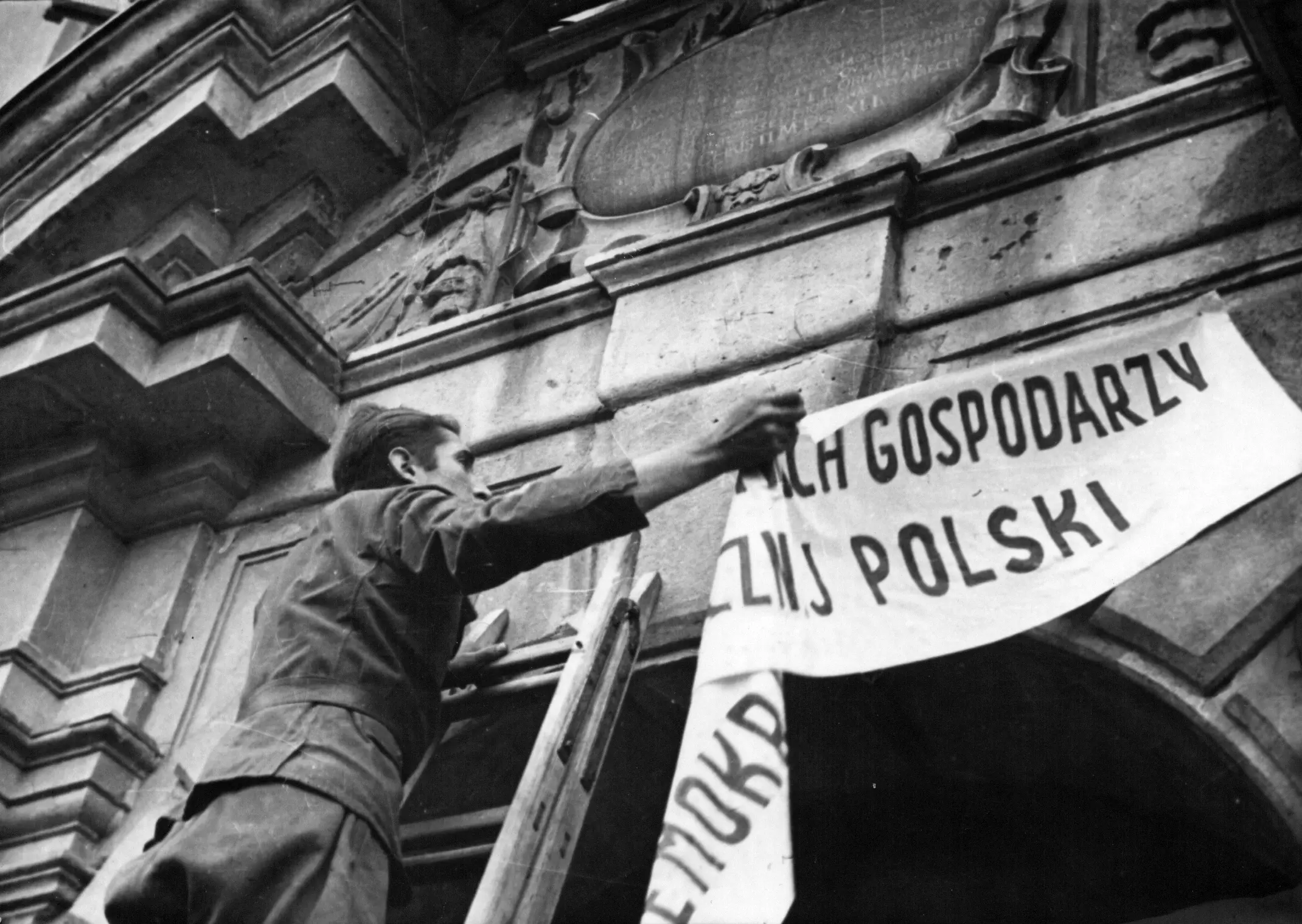HISTORY OF THE MUSEUM
The history of Lancut dates back to the early Middle Ages. The date of the city's incorporation is assumed to be 1349 and is associated with King Casimir the Great. Lancut belonged successively to the Pilecki, Stadnicki, Lubomirski and Potocki families (for more on the city's history, visit www.lancut.pl).
The first residence of the "Lords of Lancut" was located on a hill in the northern part of the city. The current Castle was erected at the behest of Stanislaw Lubomirski between 1629 and 1642. At the time it was a modern residence of the "palazzo in fortezza" type, consisting of a residential building with towers at the corners surrounded by bastion fortifications. Its construction employed, among others, Maciej Trapola, Krzysztof Mieroszewski, Tylman of Gameren and Giovanni Battista Falconi.
In the 2nd half of the 18th century. Izabella Lubomirska, née Czartoryska, who owned Łańcut at the time, transformed the fortress into a palace and park complex. Many prominent artists worked in Łańcut at the time, including Szymon Bogumił Zug, Jan Christian Kamsetzer, Christian Piotr Aigner, Frederick Bauman and Vincenzo Brenna.
The most important changes were made to the layout and furnishings of the castle, adapting them to the needs and conforming to the current fashion. The palace was filled with excellent works of art. In the 1870s, the shaping of the park surrounding the castle began After leveling the forebays, located along the covered road encircling the moat, linden trees were planted, thus creating a walking avenue.
At the end of the 18th century, Łańcut was one of the finest residences in Poland. Musical and theatrical life flourished here, and many distinguished guests visited. In 1816, after the death of Princess Lubomirska, the entire estate became the property of her grandson Alfred I Potocki, who established an ordinance here in 1830. His son Alfred II Joseph was closely associated with the Habsburg court.
He visited Łańcut rarely, so the castle and with it the park fell into neglect. After Alfred II's death, Łańcut passed into the hands of Roman Potocki, who, together with his wife Elżbieta, née Radziwiłł, restored it to its former glory. Between 1889 and 1911, the castle underwent a general renovation combined with reconstruction.
The work was directed by : Armand Beauque, a French architect, and Albert Pio, an Italian draftsman.
The reconstruction covered all floors. Among other things, a water supply and sewage system were established, and the entire castle was electrified. Most of the interiors that still exist today were created then. The facades were transformed in the French Neo-Baroque style.
Work on the park began in 1890 and continued for fourteen years. It was then enlarged twice and surrounded by a fence. In the immediate vicinity of the Castle, along the eastern elevation, an Italian Garden was established. On the south side of the Orangery, a Rose Garden was arranged.
After this extensive reconstruction and modernization, the Łańcut palace and park complex became one of the most luxurious residences in continental Europe. Archdukes Rudolf and Franz Ferdinand often came here. Many representatives of distinguished aristocratic families and well-known diplomats visited here. At the beginning of the 20th century, the Łańcut Ordinance occupied the fifth place in Poland in terms of area.
The next Ordinate of Lancut was from 1915. Alfred III Potocki. In the 1920s central heating was modernized in the Castle and a Bathhouse was arranged in the underground rooms.
The Łańcut Castle became a place for social gatherings. Representatives of royal families, Polish and foreign aristocracy and politicians visited here. Among those who were received here were Romanian King Ferdinand with his wife and George Duke of Kent with his wife and friends. In 1944. Potocki had to leave Łańcut. He settled in exile in Switzerland where he died in 1958.
 Portrait of Stanislaw LubomirskiStanislaw Lubomirski
Portrait of Stanislaw LubomirskiStanislaw Lubomirski Image showing the Castle in Lancut at the end of the eighteenth centuryThe Castle in Lancut, late eighteenth century
Image showing the Castle in Lancut at the end of the eighteenth centuryThe Castle in Lancut, late eighteenth century portrait of Izabella Lubomirska née CzartoryskaIzabella Lubomirska née Czartoryska
portrait of Izabella Lubomirska née CzartoryskaIzabella Lubomirska née Czartoryska Image depicting the Castle in Lancut from the early nineteenth centuryThe Castle in Lancut, early nineteenth century
Image depicting the Castle in Lancut from the early nineteenth centuryThe Castle in Lancut, early nineteenth century portrait of Alfred the first PotockiAlfred I Potocki
portrait of Alfred the first PotockiAlfred I Potocki portrait of Alfred II PotockiAlfred II Potocki
portrait of Alfred II PotockiAlfred II Potocki Portrait of Roman PotockiRoman Potocki
Portrait of Roman PotockiRoman Potocki Portrait of Elżbieta of RadziwiłłówElzbieta of Radziwiłłów
Portrait of Elżbieta of RadziwiłłówElzbieta of Radziwiłłów Portrait of Alfred III PotockiAlfred III Potocki
Portrait of Alfred III PotockiAlfred III Potocki